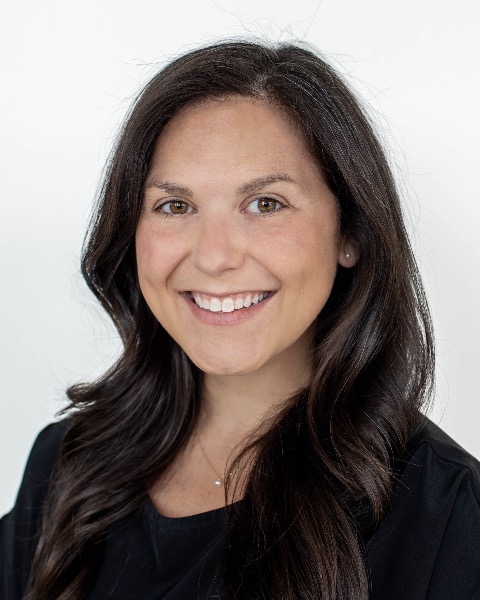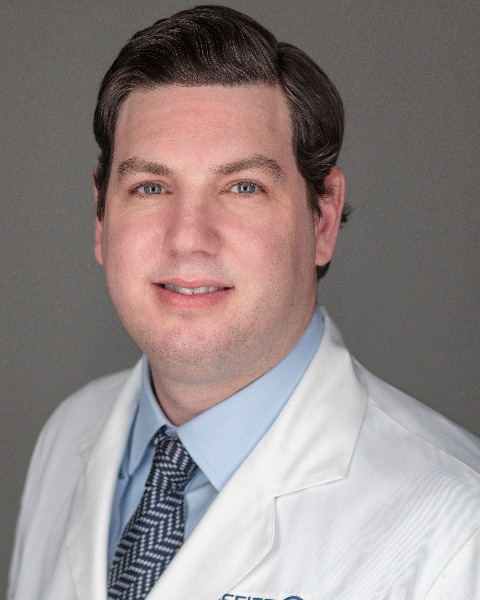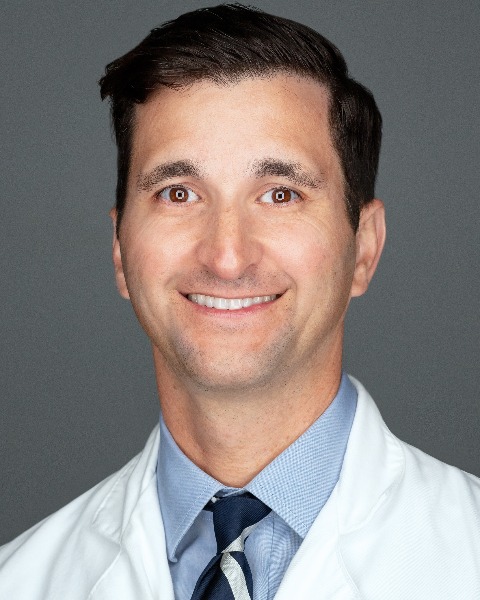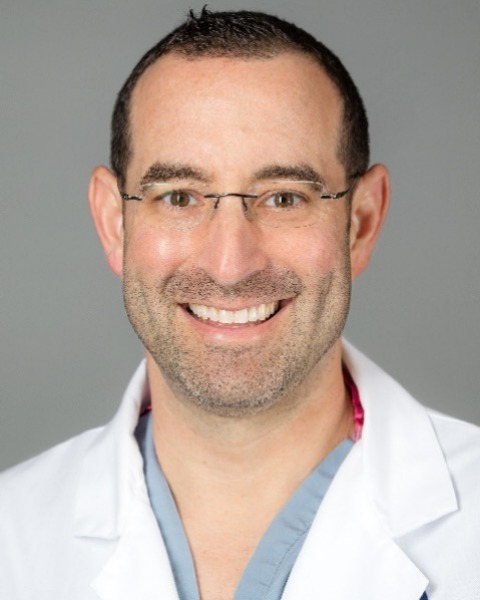Melanoma
E327: Management of Anorectal Melanoma in the Era of Modern Systemic Therapies

Adrienne B. Shannon, MD
Complex General Surgical Oncology Fellow
H. Lee Moffitt Cancer Center and Research Institute
Tampa, Florida, United States
Adrienne B. Shannon, MD
Complex General Surgical Oncology Fellow
H. Lee Moffitt Cancer Center and Research Institute
Tampa, Florida, United States
Adrienne B. Shannon, MD
Complex General Surgical Oncology Fellow
H. Lee Moffitt Cancer Center and Research Institute
Tampa, Florida, United States- MP
Matthew C. Perez, MD
Cutaneous Surgeon
H. Lee Moffitt Cancer Center and Research Institute, United States - EW
Evan J. Wuthrick, MD, MD
Radiation Oncologist
H. Lee Moffitt Cancer Center and Research Institute, United States 
Seth I. Felder, MD
Colon and Rectum Surgeon
H. Lee Moffitt Cancer Center and Research Institute, United States- RG
Ricardo J. Gonzalez, MD
Cutaneous Surgeon
H. Lee Moffitt Cancer Center and Research Institute, United States .jpg)
Vernon K. Sondak, MD (he/him/his)
Chair, Department of Cutaneous Oncology
H. Lee Moffitt Cancer Center and Research Institute
Tampa, Florida, United States
Julian A. Sanchez, MD (he/him/his)
Colon and Rectum Surgeon
H. Lee Moffitt Cancer Center and Research Institute
Tampa, Florida, United States
Jonathan S. Zager, MD
Cutaneous Surgeon
H. Lee Moffitt Cancer Center and Research Institute
Tampa, Florida, United States
ePoster Abstract Author(s)
Submitter(s)
Author(s)
Methods:
Patients with non-metastatic ARM at a single institution were included. Clinicopathologic, treatment, and outcome data were analyzed with descriptive statistics.
Results:
38 patients with resectable ARM were included; the median age was 66 (interquartile range [IQR] 60-75) years. The median Breslow thickness was 5.3 (IQR 3.9-10.00) mm. 34 (89.5%) underwent upfront wide local excision (WLE) and 4 patients had abdominoperineal resection (APR). 13 (34.2%) clinically node-negative patients underwent sentinel lymph node (SLN) biopsy; 3 (23.1%) had positive SLN. 8/38 patients underwent a complete lymph node dissection; 2/8 after a positive SLN. Radiation therapy (RT) was given to 13/22 patients with positive and 7/16 patients with negative margins. 4 (10.5%) patients received neoadjuvant IO, 15 (39.5%) patients received adjuvant IO, and 8 (21.1%) patients received chemotherapy.
Overall median melanoma specific and recurrence-free survival was 30 (IQR 17-41) and 11 (IQR 6-24) months, respectively. The median follow-up was 29 (IQR 10-38) months. 10 (26.3%) patients had local recurrence (LR); 3 patients underwent salvage APR following WLE for LR. 19 (50%) of patients developed distant recurrence (DR). 5/10 patients with LR had received RT; 4 patients with positive and 1 patient with negative margins on WLE. Of patients who received adjuvant IO, 12/15 patients developed DR. Of patients who received neoadjuvant IO prior to WLE, 2 (50%) patients had a partial pathologic response (PR) and 2 patients had a complete PR. None of the patients who received neoadjuvant IO had disease recurrence.
Conclusions: While use of IO in melanoma is more common in the era of modern systemic therapy, patients with ARM have poor survival. However, LR or DR appears less likely following neoadjuvant IO. Additional studies examining IO in this population are necessary.
Learning Objectives:
- Upon completion, participants will note the poor prognosis associated with anorectal melanoma.
- Upon completion, participants will understand the impact, in a small sample, that the spectrum of melanoma management strategies has on outcomes for patients with anorectal melanoma.
- Upon completion, participants will note the potential that neoadjuvant immunotherapy has to improve outcomes in anorectal melanoma.
